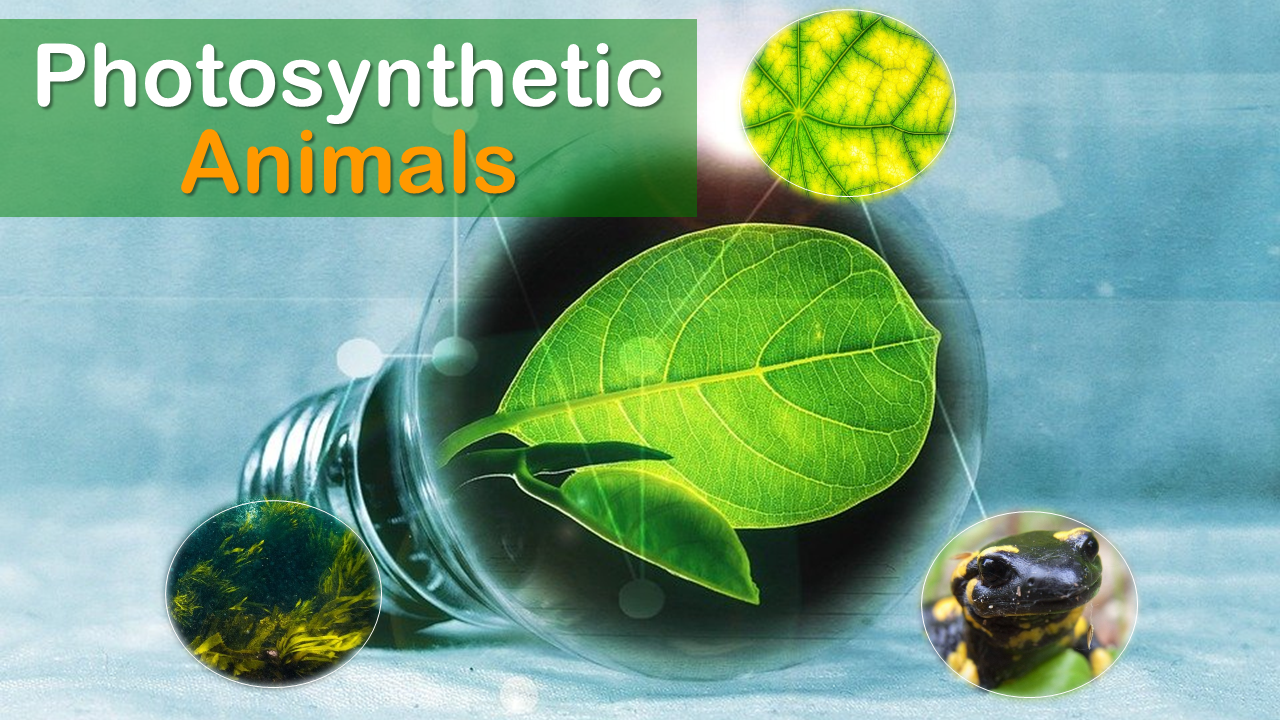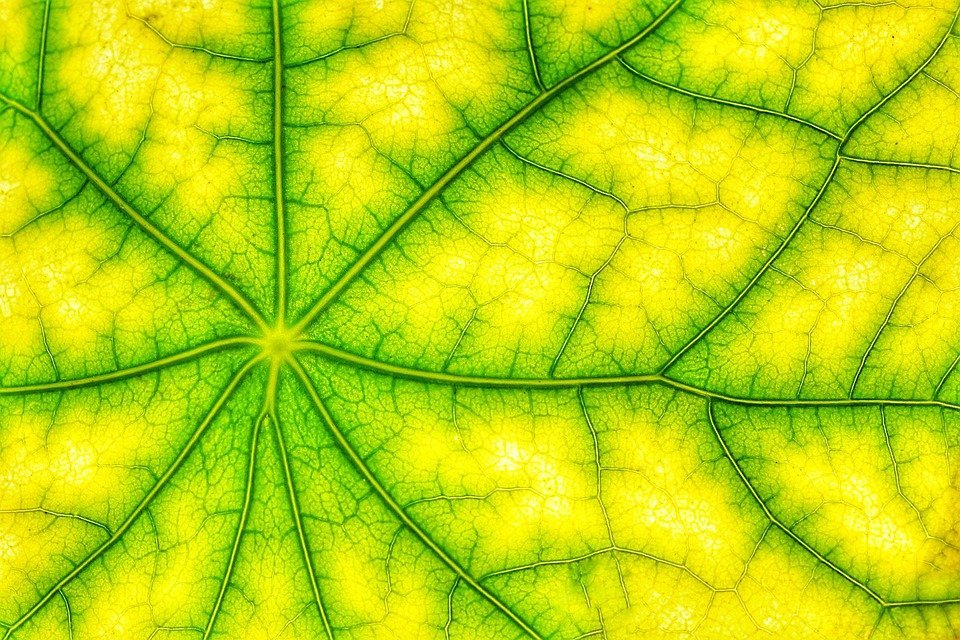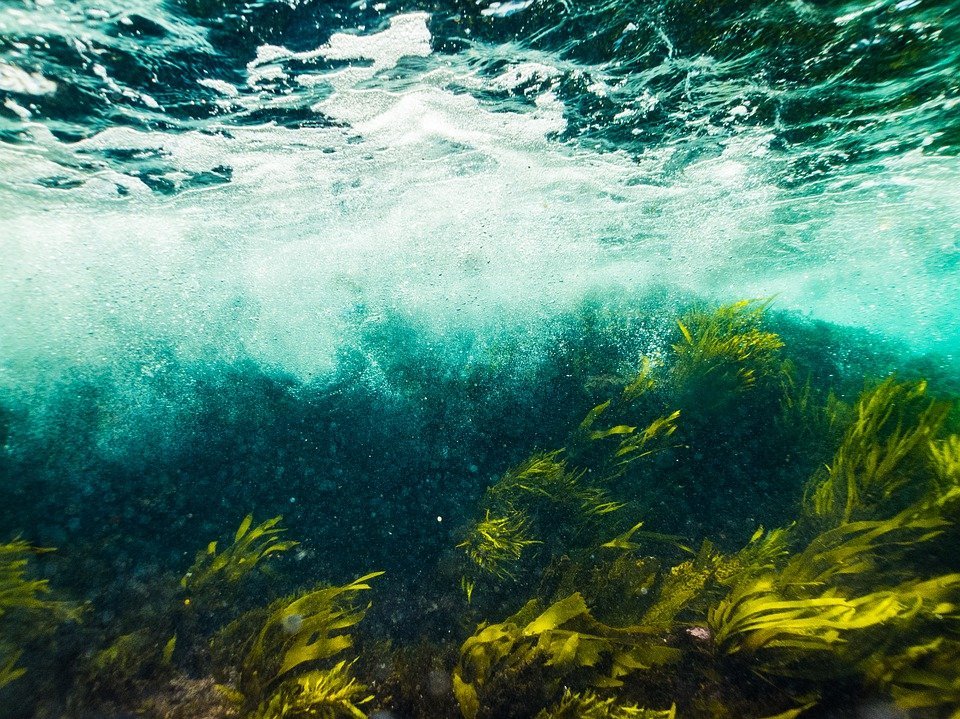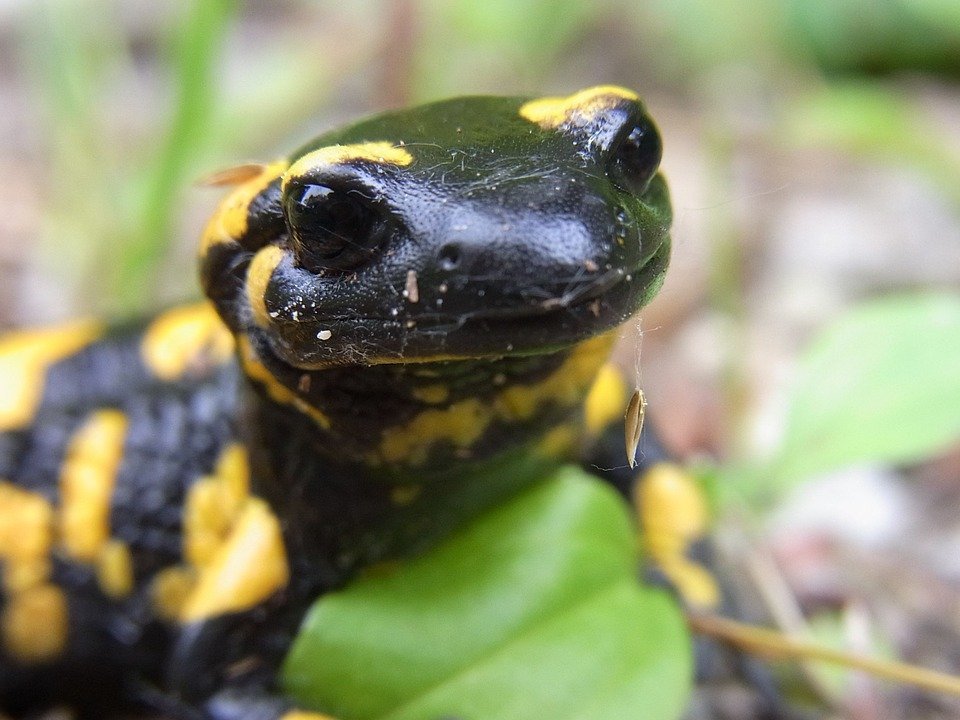Elementary aspects of the biological process photosynthesis
1 comment

Friends of @Project.HOPE, this time I wanted to share with all of you, some elementary aspects of the most important biological process of life such as photosynthesis, physiological activity that allows organisms to produce energy from sunlight, it is important to note that the photosynthetic process is not an exclusive activity of plants, as it has been proven that there are animals that also have this biological capacity.
Plant species have molecular structures specialized in capturing photons of light such as chlorophyll, which are consequently used in physiological processes at the cellular level, it is important to note that these structures responsible for absorbing light energy in plants are called plant pigments (photosynthetic chromophore biomolecule) and that the color acquired by the plant structures are the wavelengths that these pigments do not absorb and therefore reflect.

Fig. 2 Plant leaves have pigments or chromophore biomolecules with photosynthetic capacity. Image of public domain, Author: Astoko, 2019
In this sense, it is important to mention that chlorophyll is the most important photosynthetic chromophore biomolecule on the planet, mainly because it has a high sensitivity to light radiation, and therefore a greater capacity for conversion to stable biochemical energy (organic compounds, mainly sugars), through biological activities such as photoabsorption and photoassimilation.

Fig. 3 Regardless of depth, marine algae retain their photosynthetic capacity. Image of public domain, Author: BenPixabay, 2018
In addition to plant species, it has been discovered that there are animals that also have the ability to process sunlight through symbiotic processes with marine algae, such is the case of the sea slug (Elysia chlorotica) also known as "Eastern Emerald", This opisthobranch gastropod mollusk has the potential to subtract from the algae their photosynthetic chromophore biomolecules, which are then incorporated into their digestive cells in order to produce food, from the organic materials in the plant cell and sunlight.

Fig. 4 To date, the Spotted Salamander is the only amphibious vertebrate with photosynthetic particularity. Image of public domain, Author: Pixabay, 2012
This particularity exhibited by the sea slug is somewhat surprising for science, however, there is a more incomprehensible animal behavior, such is the case of the Spotted Salamander (Ambystima maculatum), the only neotenic amphibian vertebrate (preservation of the juvenile state) of the family Ambystomatidae, with the ability to maintain a symbiotic relationship with algae and benefit from photosynthetic activity. I hope you have enjoyed this biological publication.
BIBLIOGRAPHICAL REFERENCES CONSULTED:
[1] Xin Chan C., Vaysberg P., Price D., Pelletreau K., Rumpho M., and Bhattacharya D. Active Host Response to Algal Symbionts in the Sea Slug Elysia chlorotica. Molecular Biology and Evolution. 2018; 35; 7: 1706 – 1711. Article: Online access
[2] Kerney R. Symbioses between Salamander embryos and green algae. Symbiosis. 2011; 54; 3: 107 – 119. Article: Online access
[3] Rumpho M., Pelletreau M., Moustafa A., and Bhattacharya D. The making of a photosynthetic animal. Journal of Experimental Biology. 2010; 214: 303 - 11. Article: Online access
OBSERVATION

Comments